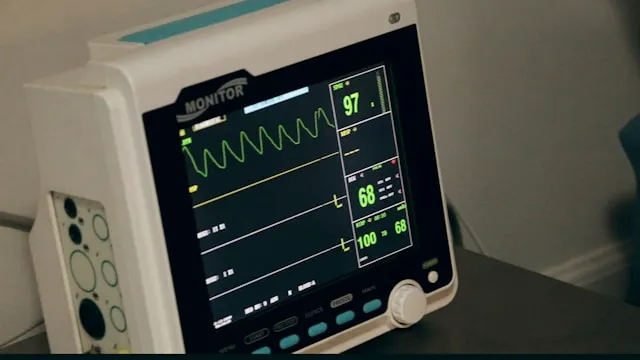Cholesterol finds its way into the body through various ways:
- Produced by body itself
- Consumption of foods derived from animals (dairy products, meats)
- Consumption of other foods rich in trans fats, palm oil or coconut oil
In the body, cholesterol is carried through two types of blood particles (lipoproteins): Low-density lipoprotein (LDL) and high-density lipoprotein (HDL). Levels and balance between these lipoproteins determine HDL and LDL levels in the system, and hence the risk of ailments associated with heart.
According to a top cardiologist in Gurgaon,
LDL and HDL are the forms in which cholesterol is found in the blood and travels to and from cells. The low-density lipoprotein (LDL) is also commonly known as 'bad cholesterol' as it increases the transport of cholesterol into the bloodstream. The high-density lipoprotein (HDL) is the 'good cholesterol' that clears cholesterol from the blood stream.
Relation between Cholesterol Levels & Heart disease
Excess cholesterol in the blood can get deposited in the walls of arteries, causing plaque, leading to a condition known as atherosclerosis. This form of heart disease narrows blood vessels, decreasing the flow of blood and oxygen to the muscles of the heart. Lack of oxygen also results in chest pain, a major indicator of heart disease. Over time, the blockage in the artery may completely cut off blood supply to a specific portion of the heart - this leads to a heart attack.
Thus, LDL is the main source of plaque formation in arteries (atherosclerosis), heart attack and ischaemic stroke. HDL, on the other hand, reduces the risk of developing heart disease. The female hormone, oestrogen, also increases the levels of HDL in women, which is why premenopausal women are at a lower risk of developing heart disease.
High levels of another type of blood fat, triglyceride are especially found in people with heart disease or diabetes. Together with high cholesterol levels, it increases the risk of or worsens heart disease.
Read about Symptoms of Heart Attack
Keeping cholesterol levels under control
Here's how to ensure safe levels in the body:
-
Periodic blood test - A simple blood test known as the lipoprotein profile can measure the levels of different kinds of cholesterol. The normal levels are as follows:
- Total cholesterol - Less than 200 mg/dL
- LDL - Less than 100 mg/dL
- HDL - 40 mg/dL or higher
- Triglycerides - Less than 150 mg/dL
- Healthy Diet Habits - Diet plays an important role in managing optimum levels of HDL and LDL. Foods rich in trans fats, saturated fat and dietary cholesterol further raise the levels of cholesterol in blood. Eating fibre-rich foods and other fats like polyunsaturated fats and monounsaturated fats helps lower cholesterol levels. Alcohol raises the level of triglycerides, increases blood pressure and risk of heart disease.
- Weight Management - A healthy weight in the normal range of body mass index (BMI) can keep levels in check.
- Active Life - Regular exercise can keep LDL levels in check.
- Giving up smoking - Smoking raises the risk of heart disease by injuring blood vessels and hardening arteries.
Treating High Cholesterol Levels
In addition to lifestyle changes, LDL levels can be controlled through medication. However, these drugs have side effects and their regular usage and progress made must be discussed with the doctor regularly.
Also read, 5 Lifestyle Changes for a Healthy Heart

Reviewed by







